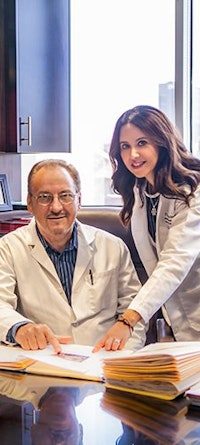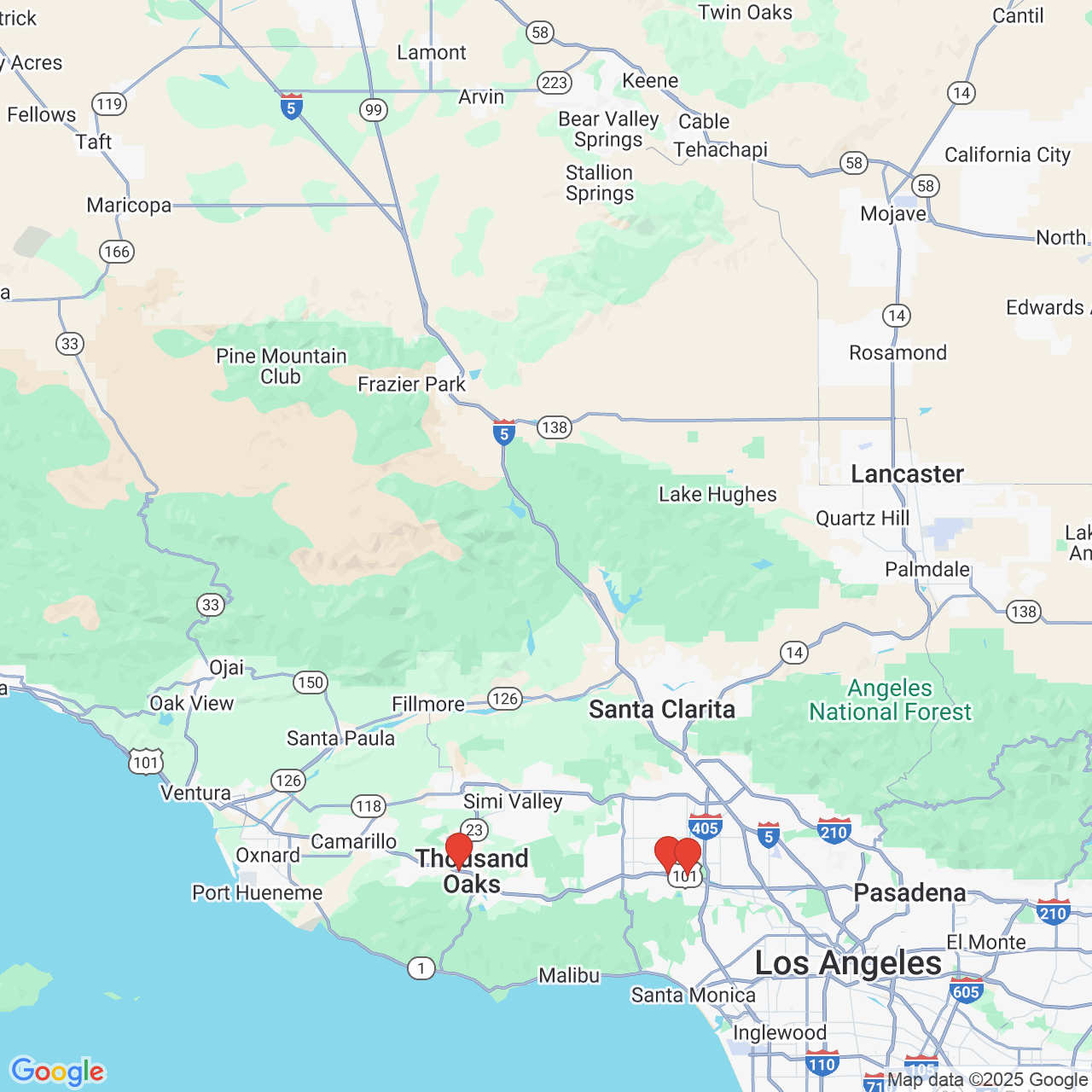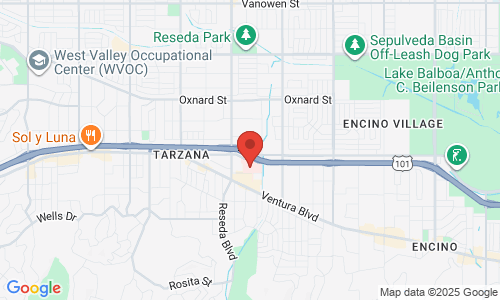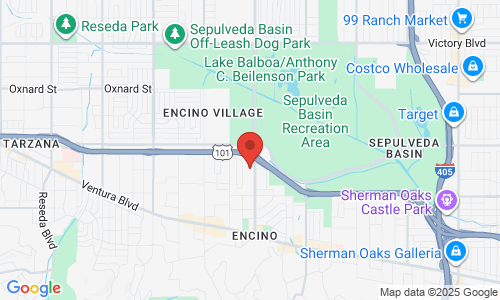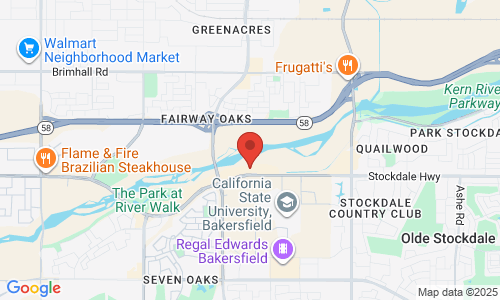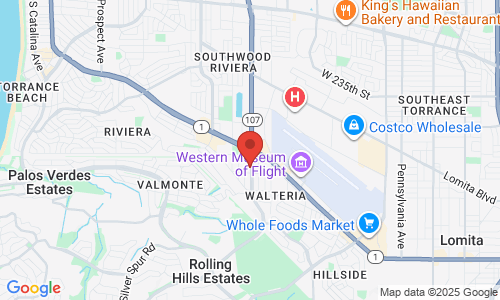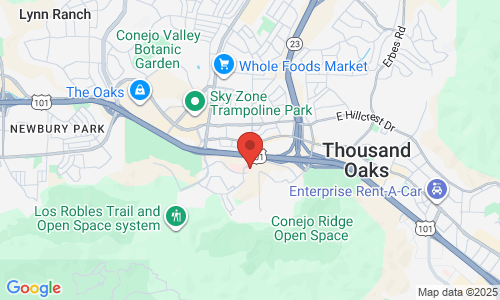In the initial days of in vitro fertilization (IVF) technology was not advanced enough to support transvaginal egg retrieval using an ultrasound. Back then, the eggs were retrieved by visualizing the ovary directly during a laparoscopy (keyhole surgery with entry via the belly button). That surgery required insufflation of the abdomen and left permanent scars on the skin. Over the years we developed the currently used method where a transvaginal ultrasound probe is advanced through the vagina as close as possible to the ovary. Ideally, only the vaginal wall should be separating the ovary from the tip of the ultrasound probe. A needle that is guided through a tube attached to the ultrasound probe is then advanced through the vaginal wall into the ovary. The ultrasound ensures that no major blood vessels bowel or bladder, or any other structure not supposed to be punctured are in the way of the needle. Hence, the needle can be advanced into an egg containing follicle with only minimal impact to any other surrounding tissues. This method leaves virtually no scar tissue in the vagina and most of the bleeding will be stopped by the time the patient wakes up. Ideally, the needle can be moved from follicle to follicle within the ovary without having to puncture the vaginal wall over again.
Since the procedure involves advancing the needle through tissues discomfort or pain are inevitable. However, different patients will have different thresholds to tolerating it. The majority of the patients will have conscious sedation or general anesthesia so they will not be aware of the pain or discomfort. A
skilled reproductive endocrinologist will be able to offer this procedure without anesthesia or use only local anesthesia. The most suitable patient for retrievals without anesthesia are patients undergoing
natural cycle IVF since the great majority of the patients will have a single follicle. The needle needs to be introduced only once and does not need to be manipulated much within the ovary. Many patients will be able to tolerate this procedure without any anesthesia. One of the most important things is that the patient remains still and does not move despite the discomfort or pain. If the patient moves while the needle is inside, there is a chance that the needle can be unintentionally displaced and injuries of adjacent organs blood vessels or nerves can occur. If the patient doubts that she can remain still during the egg retrieval without anesthesia, she should not attempt this approach.
While the partners are almost never allowed to be within the operating room during egg retrieval under anesthesia, we encourage the presence of the partner during egg retrievals without anesthesia for emotional support. The patient and the partner will have the unique opportunity to follow the process of oocyte retrieval live.
While this method should be reserved for patient with a low number of eggs to be retrieved, we have been able to retrieve over 10 eggs without anesthesia in patients who for different reasons elected no sedation, but were good about tolerating the discomfort or pain of egg retrieval.The downside of doing this with a larger number of follicles is that the physician is limited by the patient feeling every movement of the needle and the procedure has to be done very slow and with a strong focus on minimizing her discomfort, rather than being free to move the needle in any direction and focused on getting every single egg.
In the next blog I will explain what type of retrieval needle can be used and what are the implications of one method over the other.
Please feel free to contact us with any questions you might have on this topic by using our contact form.
Sincerely yours,
Dr. Vuk Jovanovic
© Vuk Jovanovic and www.center4fertility.com, 2015. Unauthorized use and/or duplication of this material without express and written permission from this site’s author and/or owner is strictly prohibited. Excerpts and links may be used, provided that full and clear credit is given to Vuk Jovanovic and www.center4fertility.com with appropriate and specific direction to the original content. The content does not represent medical advice and is a personal opinion of the physician.
Related to This

